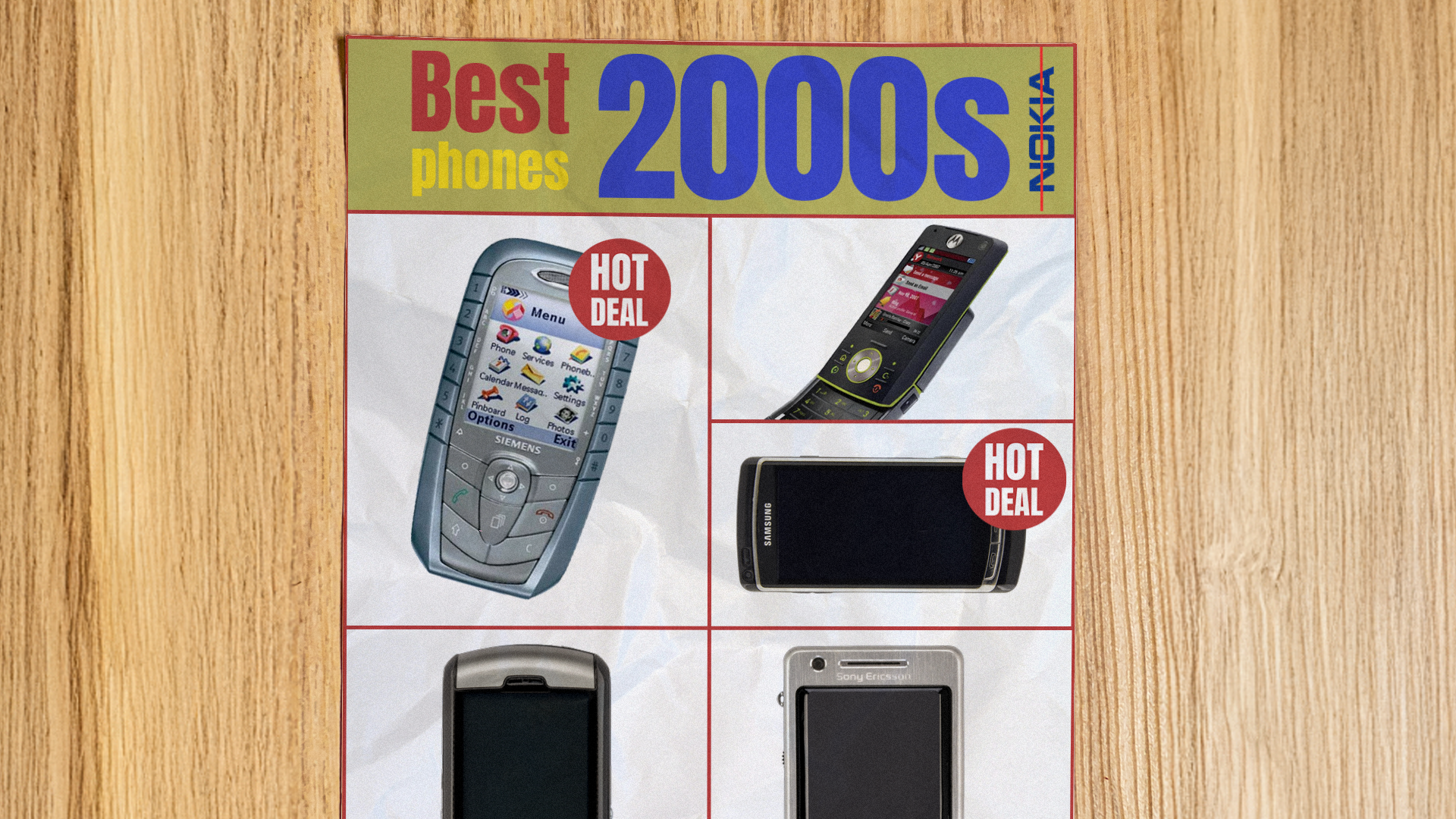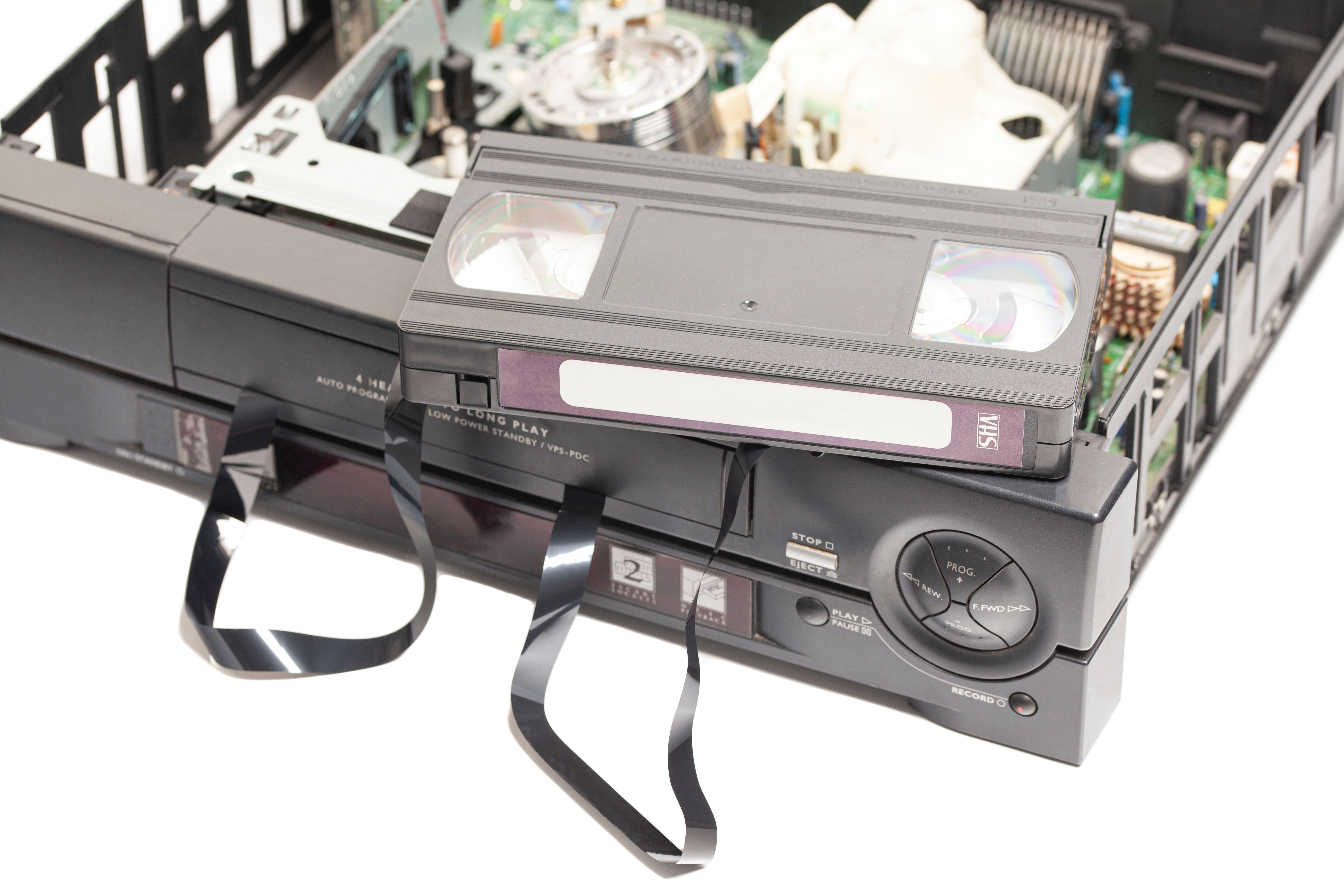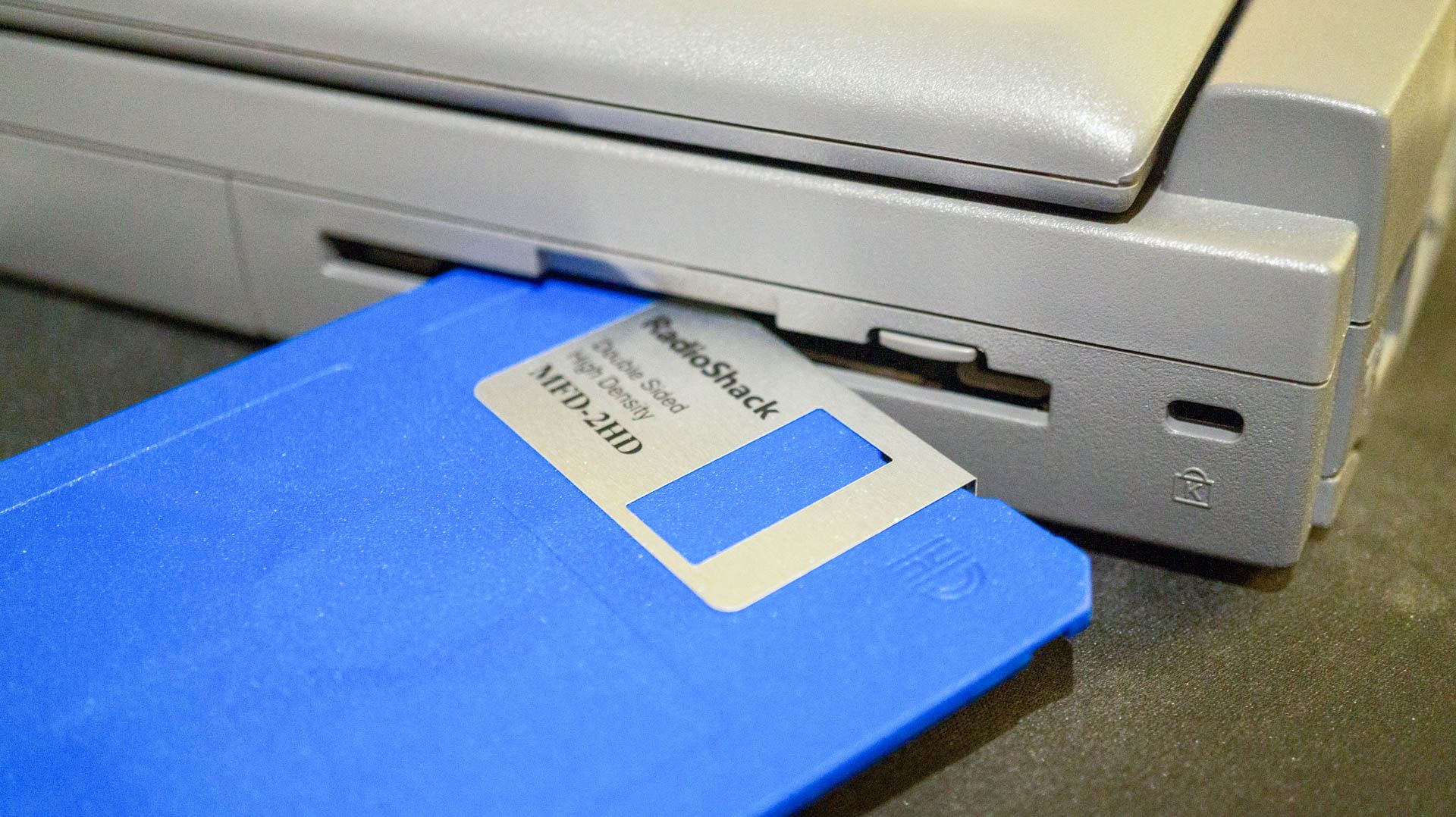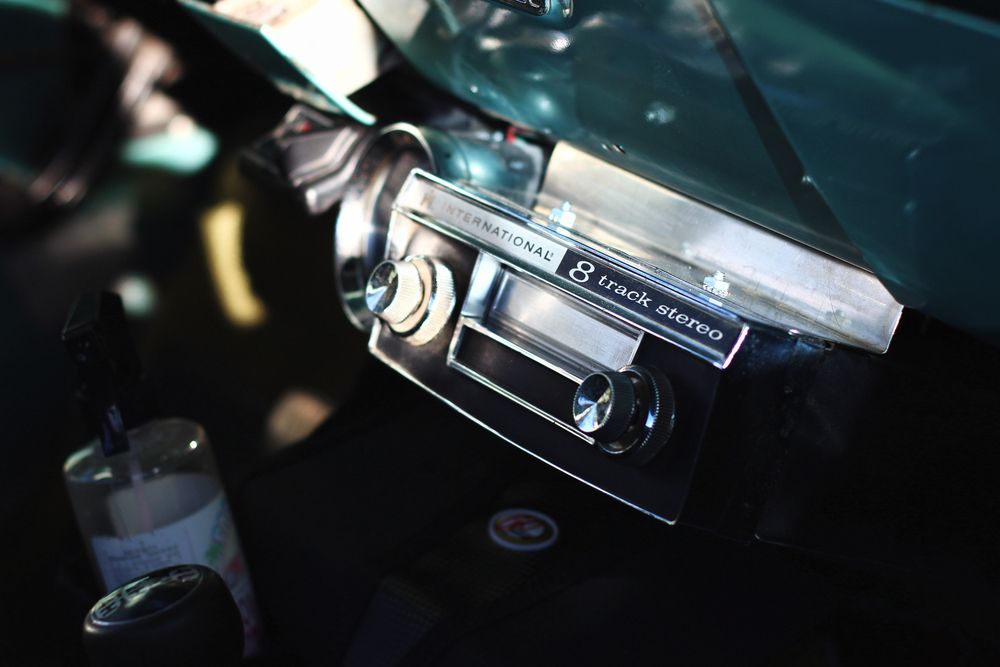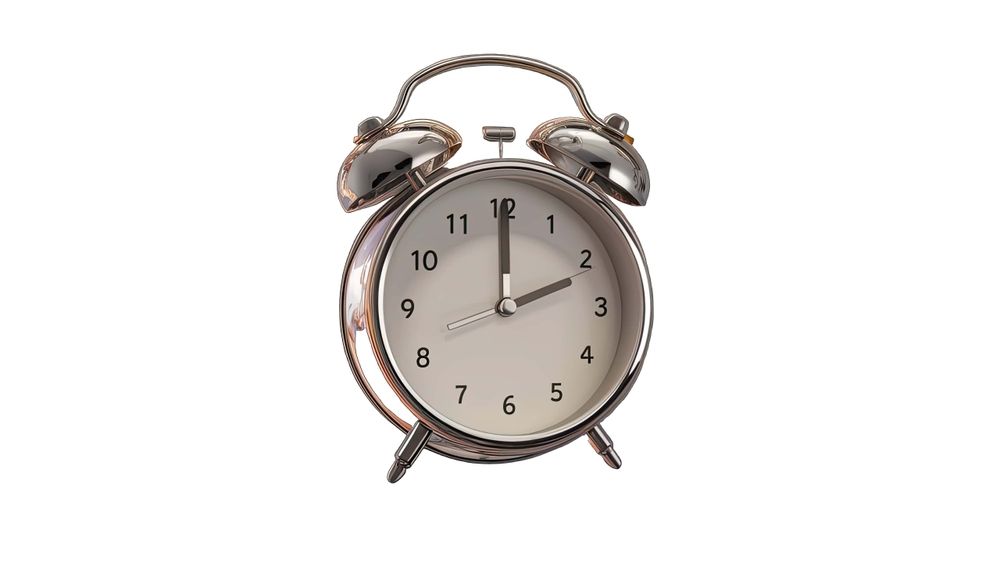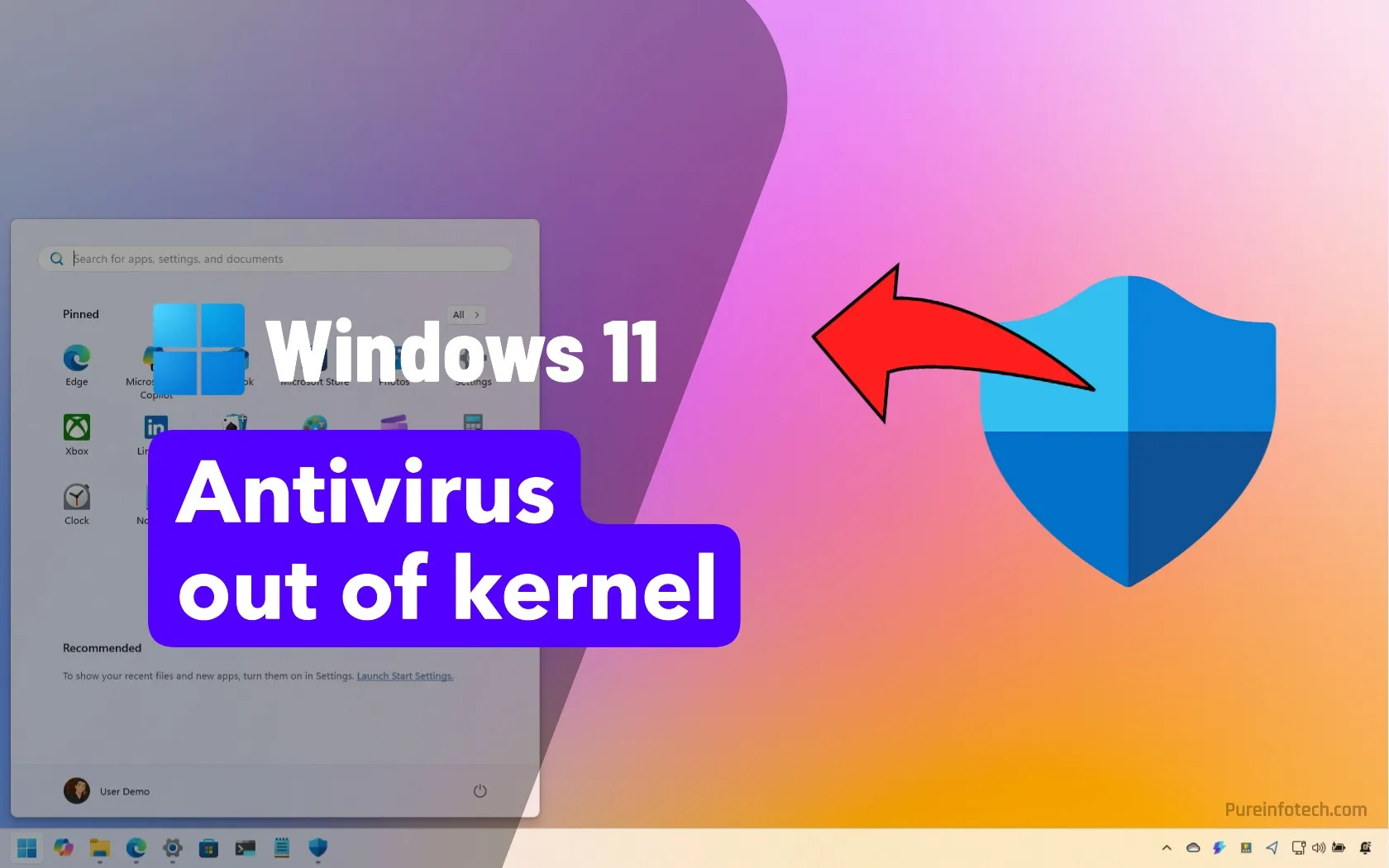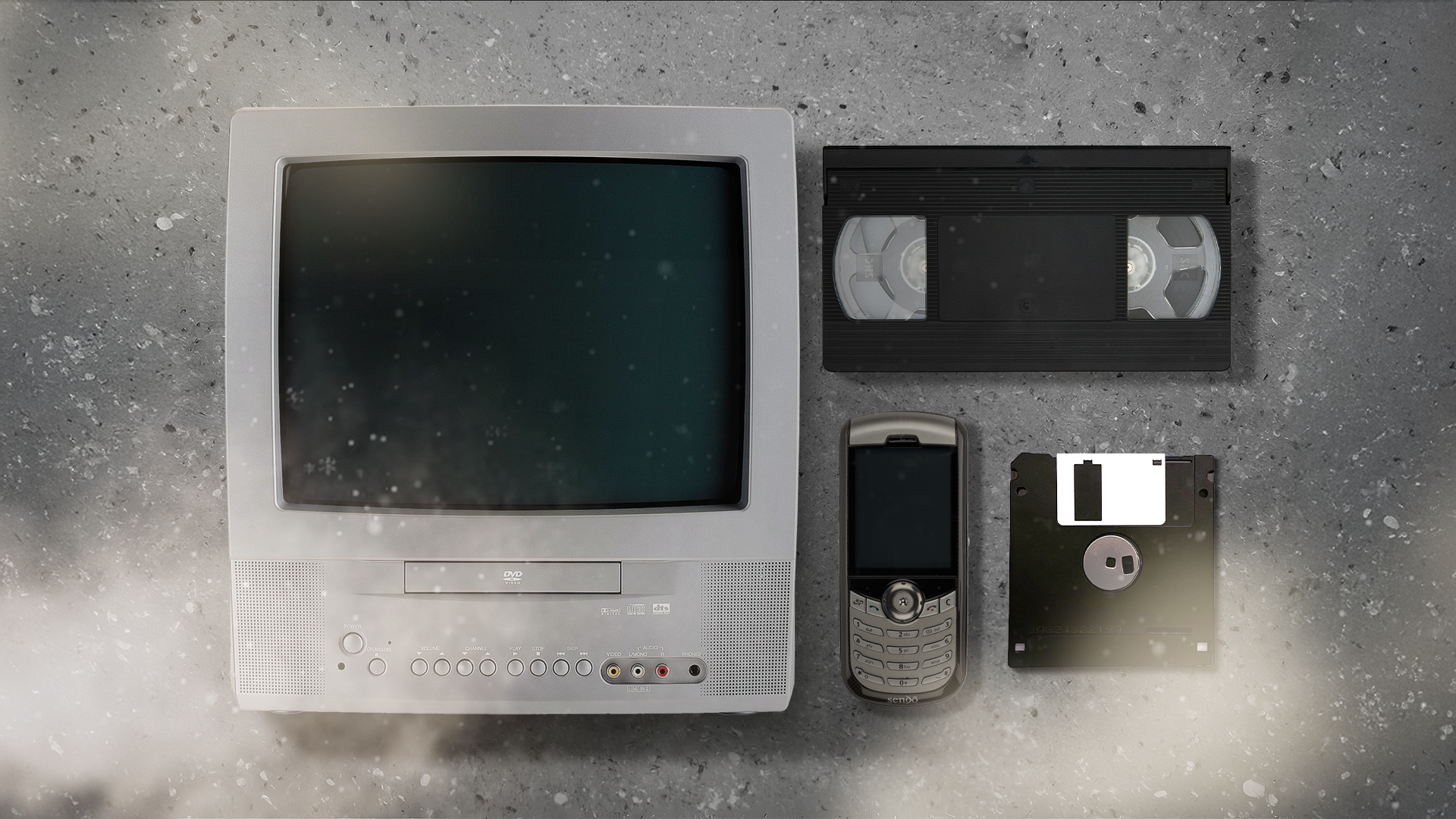
There’s a particular kind of heartbreak that comes from seeing something you once loved slowly slip into irrelevance—not because it failed, but because the world simply moved on. I’ve always had a soft spot for older tech. Again, not just because of the nostalgia (though that’s part of it), but because many of these gadgets had a certain charm that modern replacements just don’t replicate.
So here are a few of those pieces that still linger in my memory—old tech that, while mostly forgotten, still deserves a small moment in the spotlight before it fades completely.
8
Dumb TVs
There was a time when a TV was not smart. And that really was a good thing, sort of. These so-called “dumb” TVs did one thing—display content—and they did it without spying on your viewing habits or requiring software updates, Wi-Fi password, reading and agreeing to privacy policies, or having sluggish menus trying to sell you another streaming subscription. You plugged in a cable box, DVD player, or game console, and that was that.
Fast-forward to today, and it’s almost impossible to buy a new television that doesn’t come loaded with apps, trackers, or a half-baked operating system that slows down within a year. Besides, most of us still end up bypassing all that by using an external streaming device like a Roku, Apple TV, or Chromecast anyway. So what’s the point of all those “smarts” in the first place?
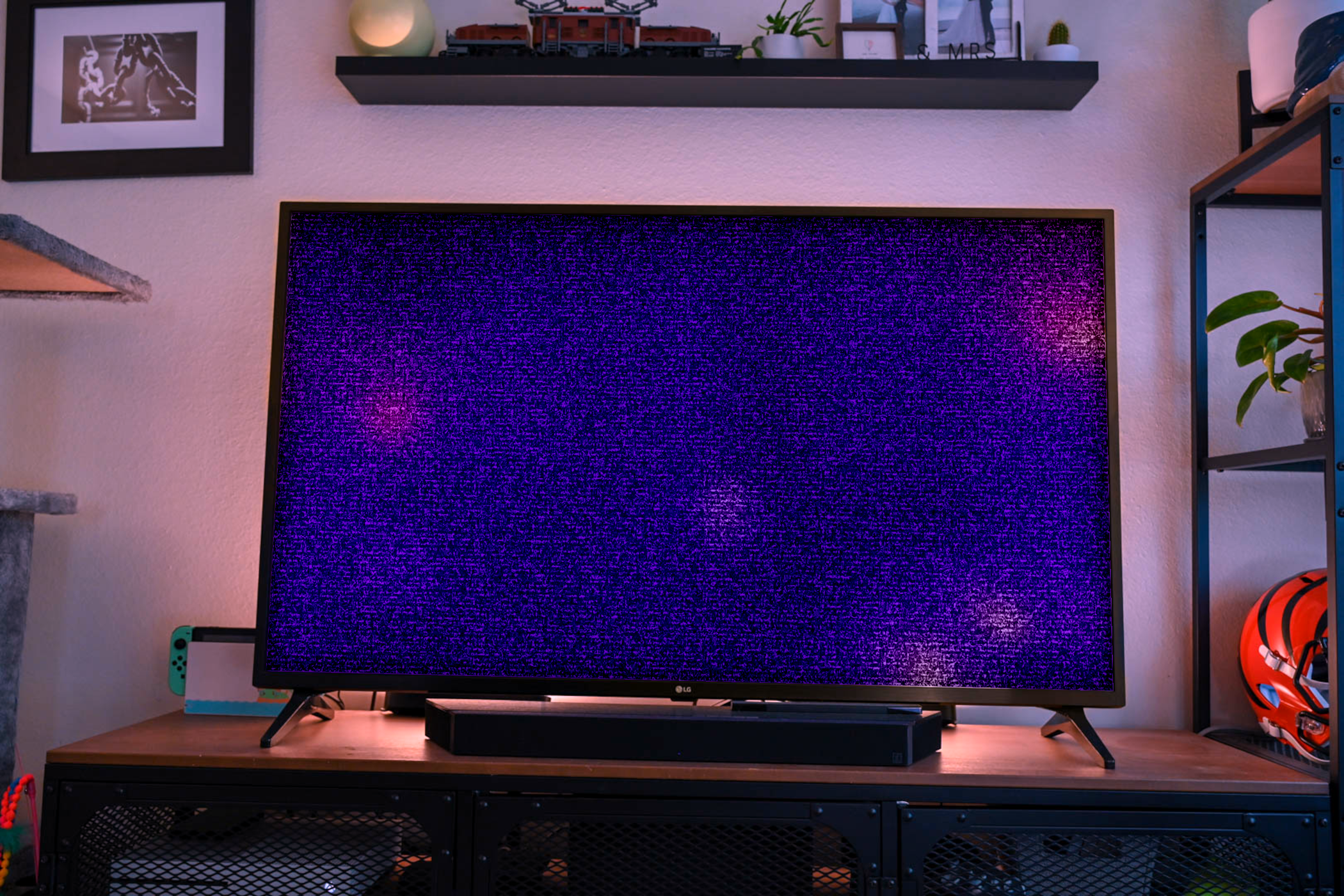
Related
7 Reasons Why I’m Sticking With a Dumb TV
Your dusty old TV may be more valuable than you realize.
7
Dumb Phones
Gone are the days when all a phone had to do was make calls, send texts, and survive a fall from chest height without shattering into pieces. Dumb phones (more commonly referred to as feature phones)—those gloriously basic Nokias, Motorolas, and flip phones—were built for durability and purpose. The satisfying snap of a flip phone closing, the tactile click of physical number keys, the weight of something designed to last years rather than become obsolete in a couple of years.
They didn’t nudge you with push notifications or guilt you into daily screen-time reports. They simply sat quietly until needed, their battery lasting days rather than hours.
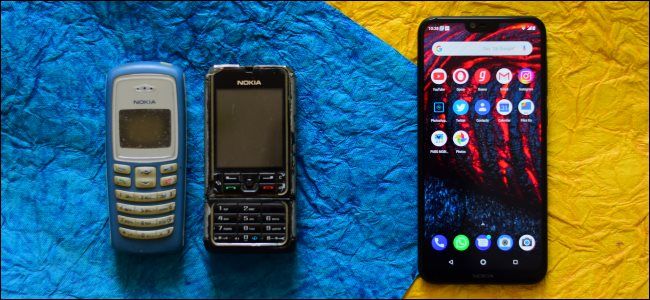
Related
Why Do People Still Buy Feature Phones?
Before the smartphone, feature phones were the hottest devices on the market. But why are people still buying them in 2020?
These days, finding a truly dumb phone feels like hunting down a rare artifact. Most are either discontinued or weirdly expensive for something that can’t run YouTube. And yet, there’s a quiet resurgence bubbling up—people wanting to escape the always-on, endlessly scrollable smartphone vortex. I get it. There’s something freeing about a device that doesn’t demand your attention every few minutes.
6
VHS Tapes and VCRs
I still remember the ritual of sliding a VHS tape out of its worn cardboard sleeve, giving it a little shake like it might magically fix itself, and gently feeding it into the VCR with that mechanical whir-click of acceptance. There was something special about watching movies this way. Maybe it was the grainy texture, the tracking lines, or the occasional warbled audio, but it felt tangible. Like the movie existed physically, right there on that spool of magnetic tape.
What I miss most, though, is how deliberate it all was. You didn’t just “throw something on.” You chose a tape, committed to it, and watched it all the way through—trailers, previews, and all. And if you had to leave? You hit “Stop,” not “Pause,” and hoped the tape would be kind to you next time.
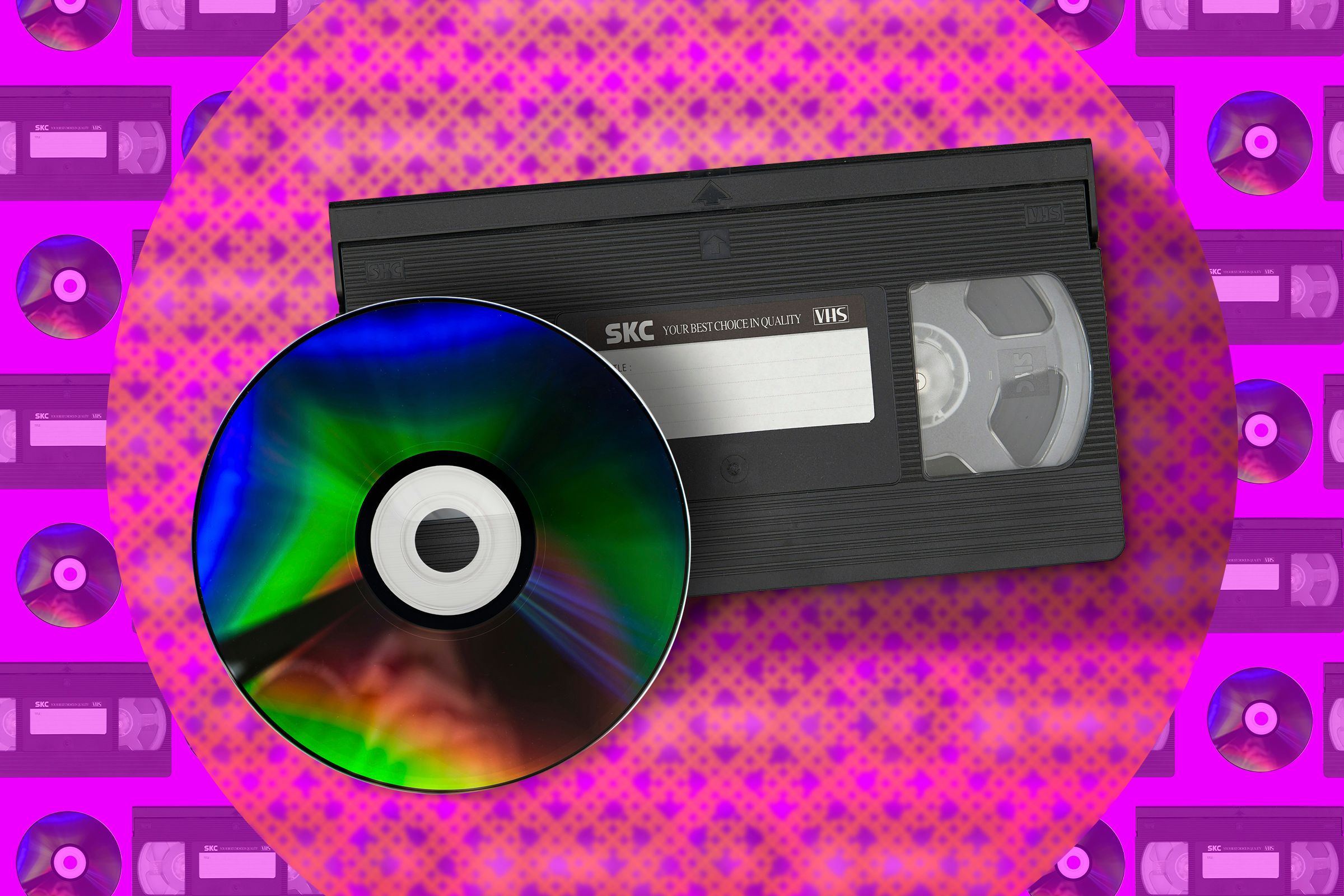
Related
Laserdisc or VHS: Which Is More Collectible?
Which one actually belongs in a museum?
5
Online Privacy
This one’s a little different. It’s not a gadget you could hold in your hand, but it used to be baked into the internet itself: online privacy. There was a time when you could browse the web without every click becoming someone’s business model. You weren’t followed around by eerily accurate ads or nudged by algorithms trained to predict (and manipulate) your behavior. Back then, the internet felt more like a library and less like a surveillance mall.
I miss that version of the web. You could be anonymous, explore, experiment, and even mess up without it being permanently logged and cross-referenced with the rest of your digital life. Now, it’s rare to visit a site without consenting to a dozen trackers. Even trying to opt out feels like swimming upstream.
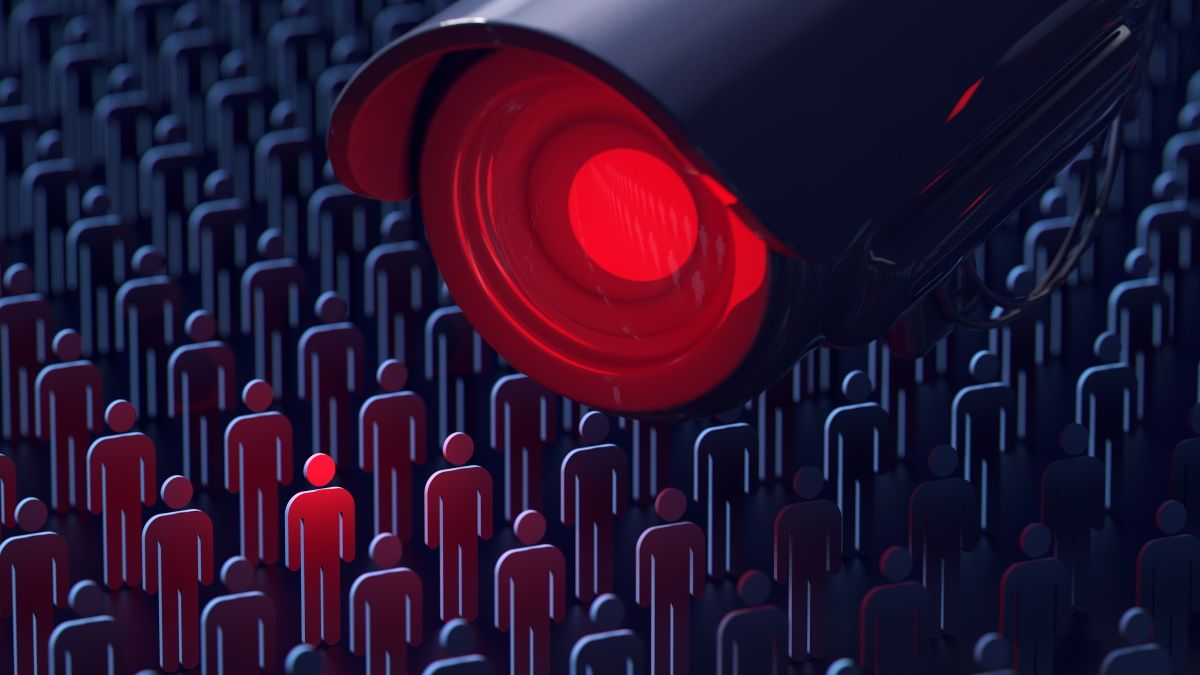
Related
Online Privacy Is a Myth: What You Can and Can’t Do About It
It never really existed in the first place.
4
Floppy Disk
Nothing quite matched the tactile satisfaction of sliding a floppy disk into a drive and hearing that distinctive mechanical engagement. The 3.5-inch disks, with their hard plastic shells and sliding metal covers, felt like tiny treasure chests. I’d carefully label each disk with my finest handwriting, creating my own little library of programs, documents, and games. The metal cover made a distinctive snap when moved, and that tiny write-protect tab could make or break your day.
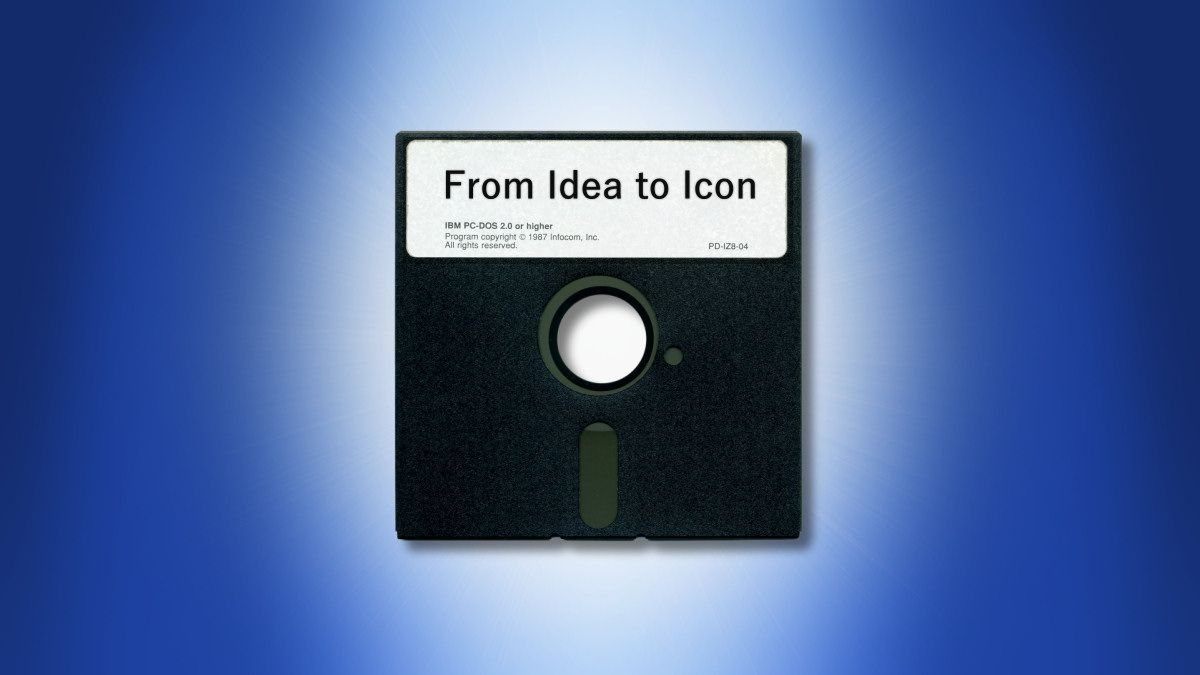
Related
From Idea to Icon: 50 Years of the Floppy Disk
They’re much more than just a “save” icon. We’ll look at the origins and impact of the humble floppy.
The earlier 5.25-inch disks were truly “floppy” as they were flexible and delicate and required even more care. Both formats taught you to value storage space when every byte counted and backup copies were a manual, intentional process.
Interestingly, the floppy disk symbol persists in software interfaces for saving files. If you happen to have one tucked away, you could still access the data on a floppy disk on your PC or Mac.
3
Landline Telephones
Some decades back, a phone ringing through the house with a sound felt important and deliberate. You couldn’t ignore it with a swipe or send it to voicemail with a quick tap. If the phone rang, you answered it (or someone else in the house did), and conversations were grounded (literally) by the coiled cord and the phone’s fixed location. I miss that.
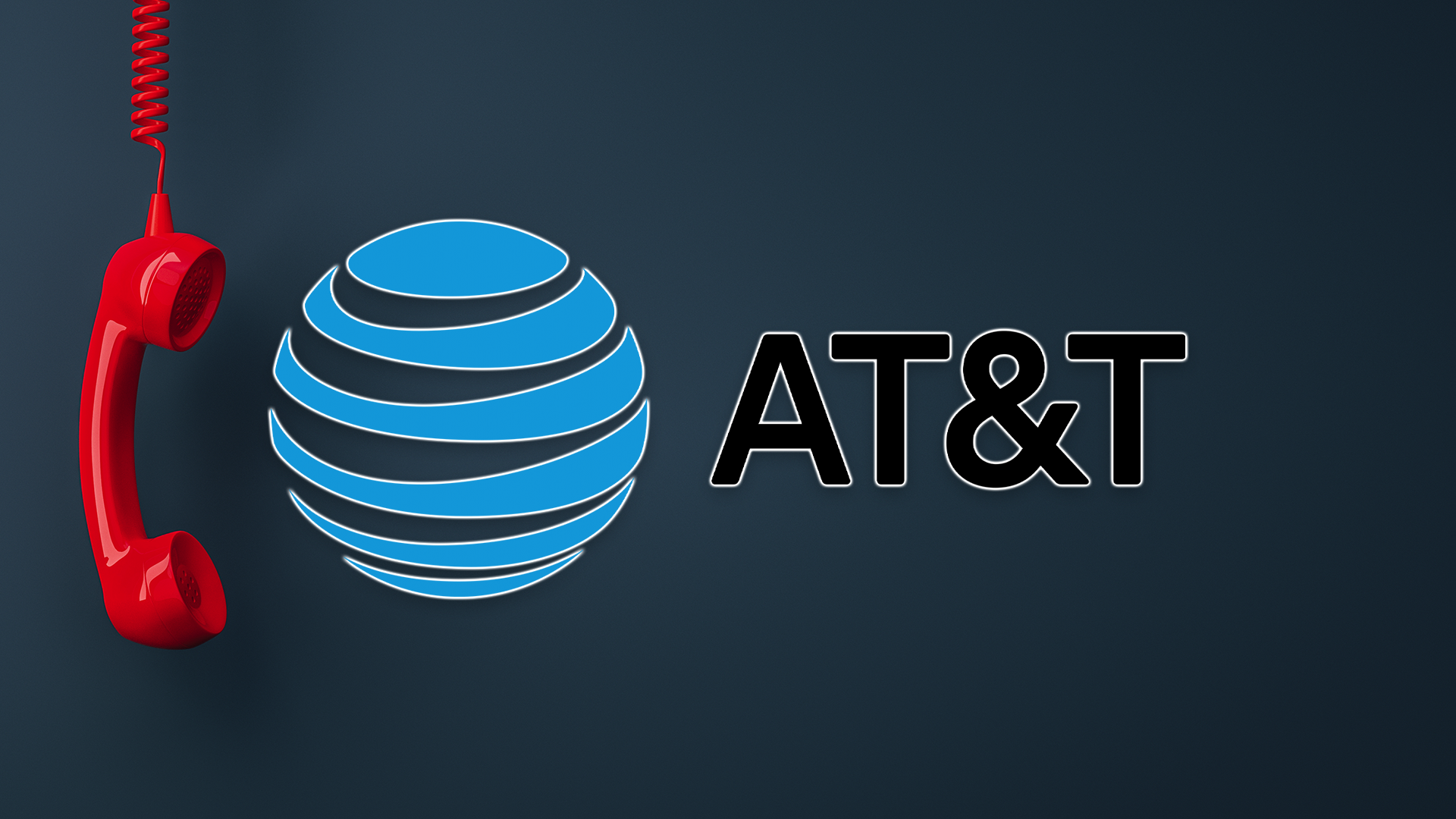
Related
AT&T Is Slowly Shuttering Its Landline Phone Service
Copper landlines are out, fiber-optic cables are in.
I miss how landlines created boundaries. You couldn’t pace the neighborhood mid-call, and you weren’t multitasking ten other things while talking. The call was the activity. And in a weird way, it brought people together. Family members overheard bits of each other’s conversations, and you had to negotiate shared phone time, especially if you grew up in a one-line household.
Kids learned phone numbers by heart. It was a physical expression of love etched into their synapses. They practiced manners by saying, “May I speak with…” and waiting politely for their friend to come to the phone. Nowadays? I’d prefer not to speak about that.
2
8-Track Tape Players
Before playlists, even before cassettes, there were 8-track tapes—and despite their quirks, they had undeniable charm in their chunky plastic form. Unlike cassettes, you couldn’t flip them over; instead, they automatically switched between four different programs, though this often meant songs cutting off mid-chorus as the player switched tracks.
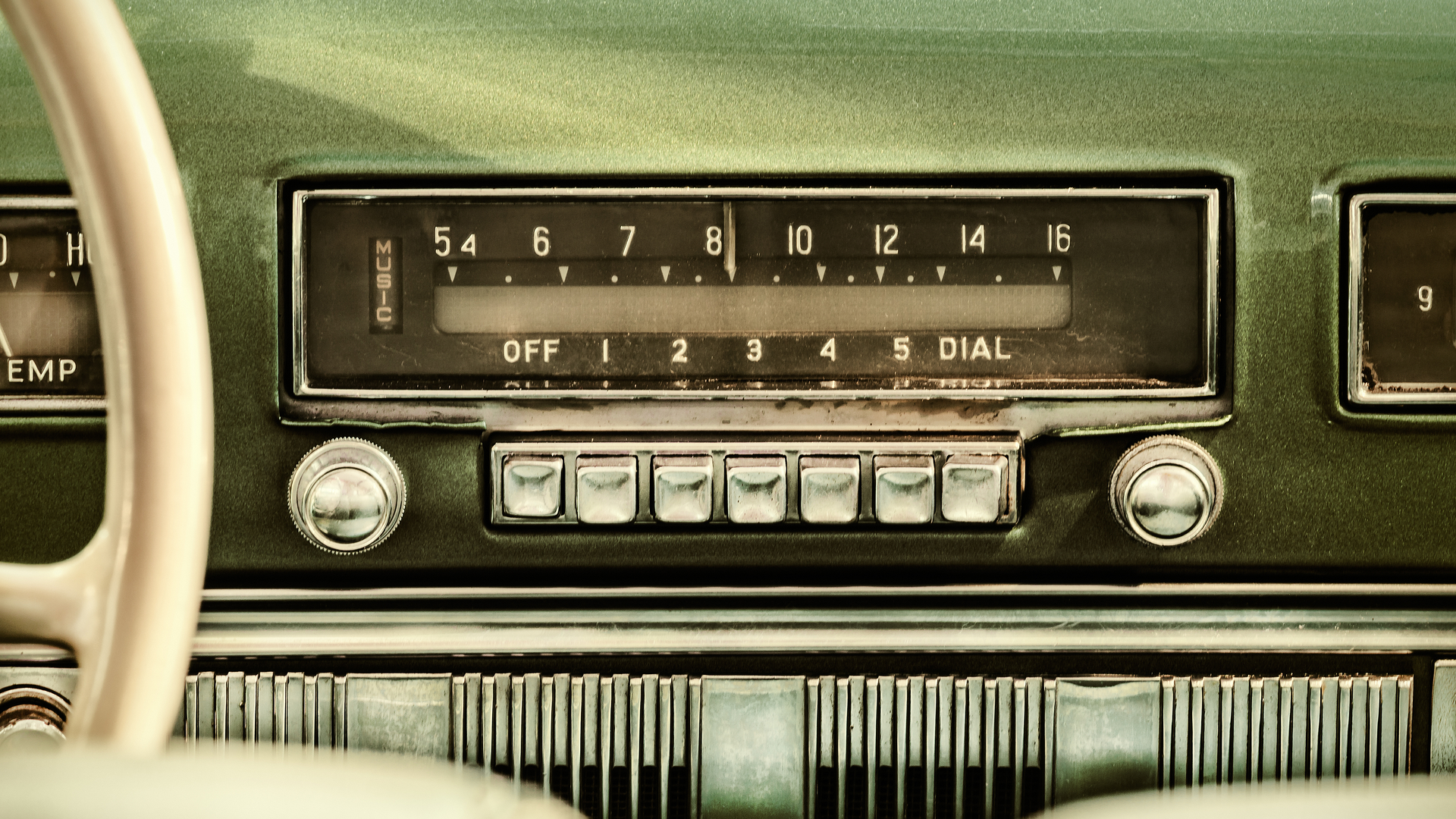
Related
5 Reasons Old Car Stereos Were Better
You haven’t suffered until you’ve queued a song with a Bic pen.
My introduction to music came from an 8-track player nestled between the dash and console of my dad’s old car. Country songs blared out as we drove dirt roads—John Denver, Alabama, Jim Reeves—and even though I was too young to know where “West Virginia” really was, those lyrics carved out a landscape in my mind.
1
Alarm Clocks
Traditional alarm clocks created healthy boundaries. They lived on nightstands, not under pillows. And they didn’t tempt you with “just one quick check” of Instagram at 2 AM. The ritual of winding them, setting the time with physical buttons, and trusting this single-purpose device to wake you felt intentional and grounding.
I remember my grandfather’s brass wind-up alarm clock with its urgent, mechanical bell that was impossible to ignore and absolutely effective. It never needed charging, never crashed, and never tried to sell me anything.
When your phone doubles as your alarm, your bedroom becomes an extension of your office and social media feed. The moment you reach over to silence that morning alarm, you’re immediately bombarded with emails, news alerts, and texts that spike your cortisol before you’ve even brushed your teeth.

Related
6 Gadgets to Help You Wake Up on Time (That Aren’t Noisy Alarm Clocks…Mostly)
Daylight Savings Time start tomorrow, and we’ll all have a little bit harder time waking up as a result. If you already seem to be struggling with the whole “get out of bed” thing, one of these alarms should do the trick.
In some cases, the old ways really were better. It’s a little bittersweet, isn’t it? So, here’s to the good old days (going…going…gone), but definitely not forgotten.
Source link


